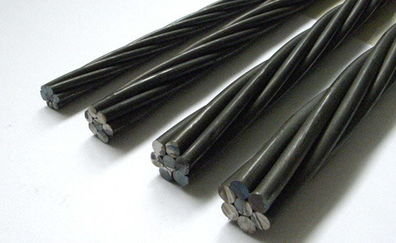Classification of compression members for local buckling
Compression sections are classified into non-slender and slender elements. A section is considered non-slender if the width-thickness ratio is larger than the value shown in the AISC B4.1a table, and it is shown in the table below. When the width-thickness ratio is less than the section will be defined as a slender element. Almost all the HP and W sections listed in the AISC manual for yield strength of 50 ksi are non-slender. The design value listed by AISC reflects the reduced design stresses available for the slender sections.
If the member is defined as a non-slender element compression member, then, the nominal compressive strength is determined from AISC E3 on the limit state of flexural buckling. But if the member is defined as a slender element member, the nominal compressive strength will be determined from E7 of the AISC and it will be the lowest of the flexural buckling, torsional buckling, and flexural-torsional buckling.
If the member is defined as a non-slender element compression member, then, the nominal compressive strength is determined from AISC E3 on the limit state of flexural buckling. But if the member is defined as a slender element member, the nominal compressive strength will be determined from E7 of the AISC and it will be the lowest of the flexural buckling, torsional buckling, and flexural-torsional buckling.

















Comments
Post a Comment